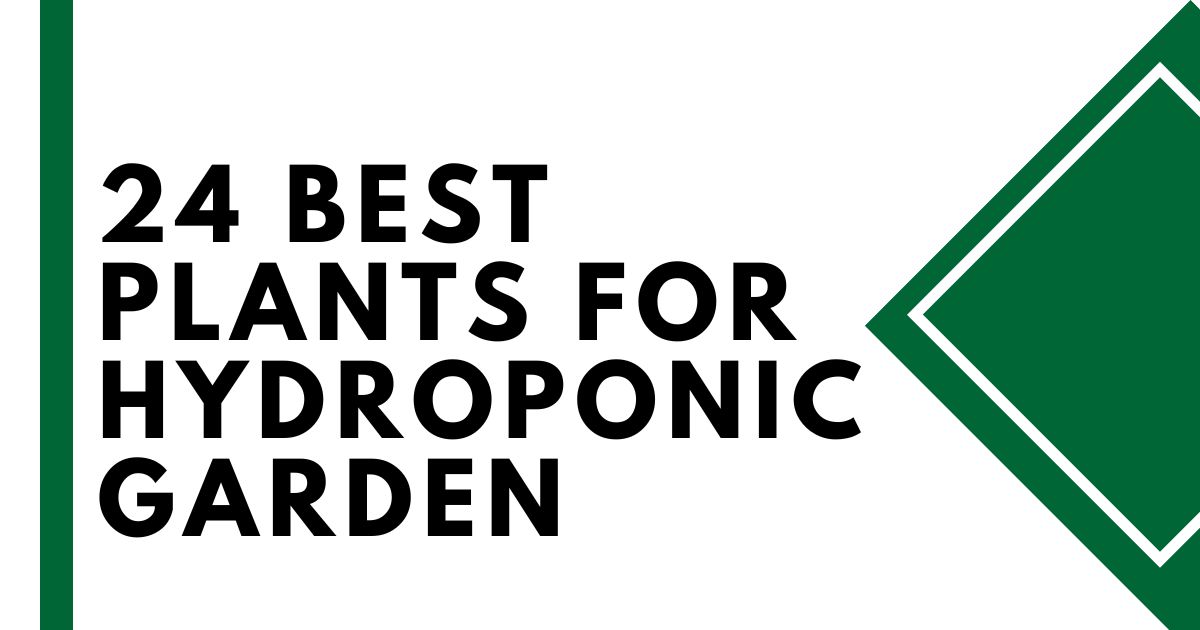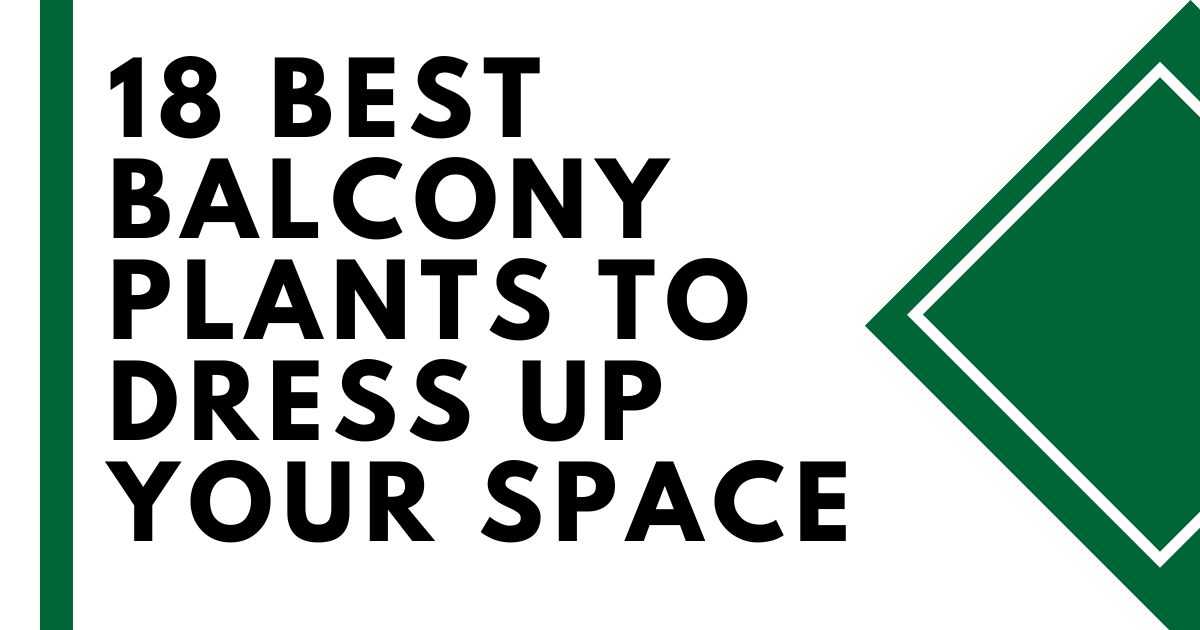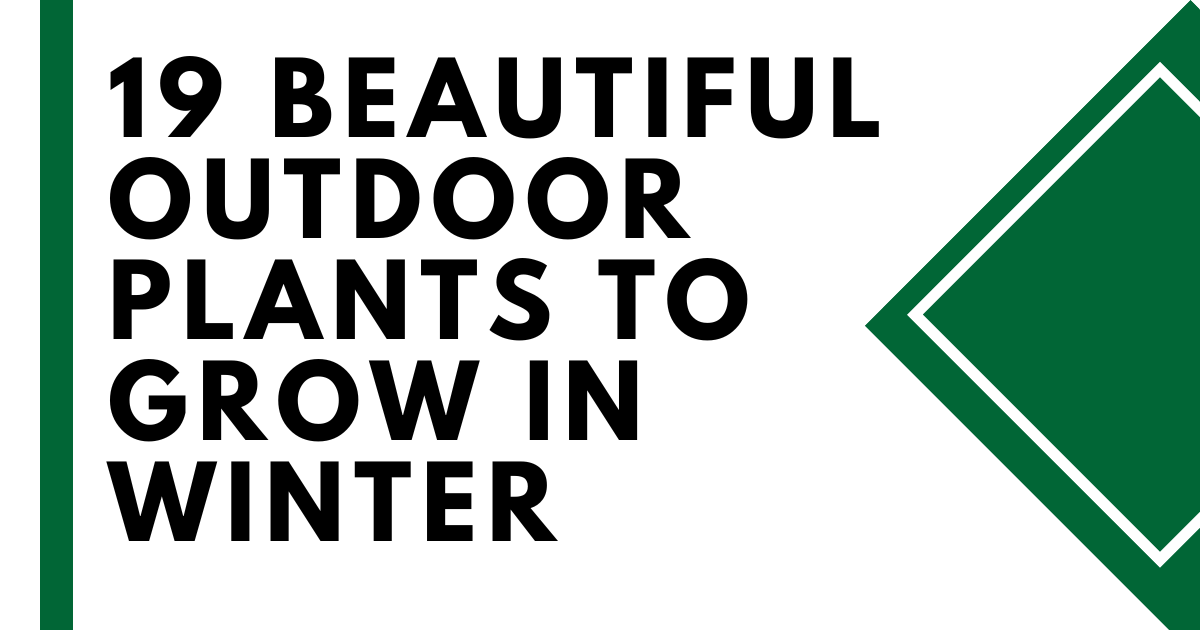When it comes to maximizing your gardening space and creating a thriving garden, raised beds offer many advantages. Not only do they provide better drainage and soil control, but they also make it easier to protect your plants from pests. If you’re planning to start a raised garden bed, you might be wondering which plants are best suited for this type of setup.
To help you make the most of your raised garden bed, we have compiled a list of some top plant recommendations. From vibrant tomatoes and crunchy cucumbers to fragrant lavender and leafy lettuce, this list has a variety of options to suit your tastes and preferences. Other noteworthy additions include onions, bell peppers, potatoes, and even flowers like marigolds.
Whether you’re a seasoned gardener or just starting out, these plants are known for their compatibility with raised beds and can be grown with relative ease. So grab your gardening gloves and get ready to dig into a fruitful and beautiful harvest.
Sure, here’s a detailed description of each plant for a raised garden bed:
Tomato Plant
Tomatoes are among the most popular vegetables grown in raised beds. They’re easy to grow and require little maintenance once they take root in the soil. Tomatoes can be grown from seeds or seedlings; either way works well for this popular vegetable. Planting tomato seedlings is a good idea if you’re just starting out with gardening because it will give you an earlier harvest than planting seeds would have.
Onions
Onions grow well in pots and need little maintenance once they have been planted. They are easy to grow from seedlings or sets (small bulbs with roots attached). The best time to plant them is in spring or early summer when the weather is still cool. It’s important that they get enough sun so they can develop into large bulbs. Onions prefer rich soil that drains well and don’t like being overwatered or having their leaves wetted too often. The bulbs will be ready for harvest in autumn/winter after about eight months.
Eggplant
Eggplant is one of the most popular vegetables in the world. It’s easy to grow and delicious when cooked properly. Eggplants will produce flowers before they produce fruit so there will be no harvest until mid-summer or later depending on where you live. They need full sun and regular watering, but are fairly easy to grow if you follow these simple steps:
- Plant in a sunny area with well-drained soil
- Plant eggplant seeds one inch deep and six inches apart from each other.
- Water regularly (once a week) with about an inch of water covering the surface of the soil.
Cucumbers
Cucumbers are easy to grow and a favorite of many gardeners. They can be grown indoors or out, but if you want to grow them indoors, you may want to try some of the dwarf varieties. These plants will produce fruit within two months after planting. Cucumbers are best planted in early spring and harvested in late summer or early fall.
Cucumbers grow best in warm weather and need full sun for at least six hours each day. They will also need regular watering during their growing season, so be sure that your raised bed has good drainage and a watering system if needed.
Lettuce
Lettuce is a great choice for your raised garden bed because it doesn’t require much care and grows quickly, producing heads of leaves within one month after planting. You can also harvest individual leaves as needed from these plants without disturbing much of the plant at all.
Lettuce plants are also very cold tolerant, which makes them an excellent choice for cool regions like the northern United States and Canada where winter temperatures often dip below zero degrees Fahrenheit (-18 Celsius).
Lavender
Lavender is a beautiful plant that smells amazing. It also has many uses, from making soaps and oils to being used as an insect repellent.
Carrots
Carrots are great for a raised garden bed because they don’t need much space to grow, they are easy to grow, and they taste great. If you have a lot of carrots in your raised bed, consider planting them closer together than you normally might so they grow larger roots instead of spreading out over a wide area.
Bell pepper
Bell peppers are an important part of any vegetable garden because they taste good on their own but also work well when added to recipes. Bell peppers come in many different colors, including red, yellow, and orange, so there is one for every garden style.
Potato
Potatoes are one of the most popular vegetables grown in home gardens because they produce large quantities of food per square foot. Potatoes are easy to grow and require very little care once planted; just keep them watered and watch them grow.
Radish
Radishes are one of the easiest plants to grow, and they’re also one of the first crops that you can harvest from your raised beds. Radishes are a great choice for beginner gardeners because they are quick to grow and have a long harvest period. They love heat and are tolerant of cold weather, so they’re perfect for spring and fall planting. If you live in a hot climate, radishes can be grown directly in the ground, but if you live in a cooler climate, plant them in containers or raised beds so that they don’t bolt before they mature.
Swiss chard
Swiss chard is probably best known for its beautiful leaves that have deep purple veins running through them. Swiss chard is an easy-to-grow leafy green vegetable that can be used raw or cooked in recipes. It grows quickly from seed and has an extended harvest period (up to 8 months!). Swiss chard does well in containers or raised beds where it will produce large leaves for several months before needing to be thinned out.
Basil
Basil is easy to grow and very aromatic, so it’s a perfect choice for your garden. It’s also great for cooking, making it a useful addition to any kitchen garden. Basil likes full sun, but the leaves can become bitter if they get too much of it. To make sure they don’t burn, give basil some shade during the hottest part of the day.
Basil is easy to grow from seed or cuttings. Just sprinkle some seeds on top of the soil in late winter or early spring, cover them with about 1/4 inch (6 mm) of soil, and keep them moist until they germinate. If you’re using cuttings from an established plant, make sure that they have at least three sets of leaves before planting them in your raised bed.
Beets
Beets are a great addition to your raised bed. They grow quickly and produce plenty of nutritious leaves, making them an excellent choice for a beginner gardener. You can eat the roots or greens and they taste wonderful in salads, soups, or roasted with other veggies.
Beets are easy to grow from seed and do not require much space in your garden to grow well. Plant them early in the spring so that you can harvest them in time for summer barbecues and picnics.
Chives
Chives are a perennial herb that grows well in containers and makes an attractive addition to any garden bed. Chives are easy to grow from seed, but if you want more than just one plant then you’ll need to buy some bulbs from a nursery or garden centre. The flowers on chives offer a delicious flavour when added raw to salads and dips, while the leaves can be used as herb seasoning in cooking just like garlic cloves would be used.
Kale
Kale is another leafy green that will keep producing new leaves as long as it’s not too cold outside. It tastes good raw or cooked, so it’s good for salads or soups.
Oregano
Oregano is a perennial herb that grows well in containers when planted indoors. It has a strong flavor, so use it sparingly when cooking! Oregano also attracts bees and butterflies to your garden. Garlic repels some pests (like aphids) and attracts other beneficial insects like ladybugs, who eat those pests! Garlic has many health benefits and is easy to grow.
Garlic
Garlic is a great plant for beginners because it has a long lifespan, needs little maintenance, and produces loads of bulbs. It’s best planted in early spring and harvested in early autumn. Garlic grows well in raised beds, but it needs lots of sun and you’ll need to keep an eye on slugs and snails.
Pea
Peas are another easy-to-grow vegetable which makes them ideal for beginners. They’re fairly easy to grow, don’t take up much space, produce lots of peas, and can be planted pretty much all year round. However, they do need plenty of water so make sure you give them plenty of water during dry spells. You can also grow climbing peas if you have the space – these will need pruning after they flower so they don’t smother the other plants growing below them.
Marigold
Marigolds help repel pests such as whitefly and nematodes in the soil where they are planted, making them an excellent choice for any type of garden bed with soil at its base. Marigolds also attract pollinators including bees and butterflies which means they’re great for crop pollination too.
Courgette
Courgettes are easy to grow, produce lots of fruit, and are delicious. They’re also versatile; you can use them in curries, stir-fries and salads. They’ll do well in most soil types and don’t mind being planted close together.
Rosemary
Rosemary is a Mediterranean herb that’s great for cooking with or eating raw. It’s easy to grow in pots, but if you have a raised bed you can plant it directly into the soil – it won’t mind being crowded.
Cabbage
Cabbages are a great choice for growing in your garden because they’re so tasty and nutritious. They grow well in most parts of the country, as long as there is plenty of water around them during summer months when temperatures are high. If you’re planning on growing cabbages then prepare your soil well before planting them by digging deep holes and adding plenty of organic matter such as composted manure or well-rotted manure pellets before planting out your seedlings or seeds
Conclusion
A raised garden bed is an excellent way to add some greenery to your home or yard space. A few of these beds can be great additions or focal points and can provide a little living space in your house. For the lawn, there are a lot of plants that are suitable for this purpose: flowers, vegetables, herbs, and much more. Depending on what you want to grow, you can select one or several types of plants for your garden bed. The plants will effectively fill the space between the boards of the raised garden bed.




